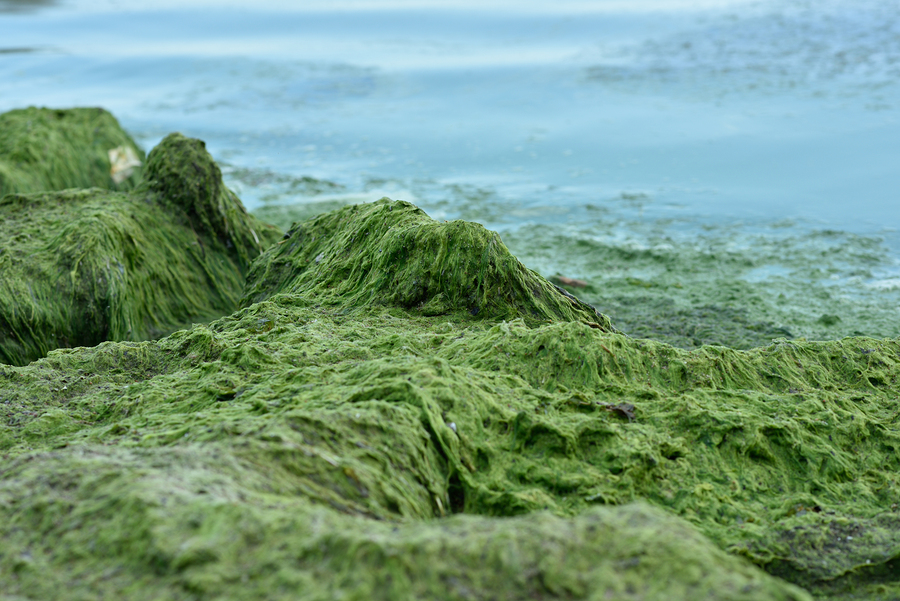This Algae Battery Might Power a Tesla Car With 200x The Charge
Five years later… Fukushima is still spewing nuclear waste into the Pacific Ocean. It seems ironic that the ocean offers an abundance of potential energy that would offset the need for nuclear energy. Luckly for us, one engineer has found the key to changing free and abundant seaweed into electricity.
Seaweed holds potential energy… possibly enough to power a Tesla car.
Adam Freeman, an inventor at aIGAS, believes it may even rival the lithium-based battery we use today.
The Science…
Algae batteries have quite a few advantages over competition batteries, namely… they seem to charge up faster and last longer than ion batteries used in popular Ipods, and cell phones. According to TechCrunch, the paper-thin fibers in algae provide an easy route for electrical ions to travel, resulting in a quick charge.
The following diagram shows how our current lithium battery charges.

There are numerous reasons to get rid of this type of toxic battery. Many studies cite that the materials used are being mined to extinction and the batteries themselves pose a cancer risk.
What the Algae Battery Can Offer
In small comparison, Nanotech correspondent Alex Fiorentino explains how scientists from Uppsala University in Sweden have designed a new battery that recharges extremely quickly and weighs almost nothing. The secret: common pond algae. Watch this videocast to learn more.
The Potential Of Algae Energy
While actual results have yet to be obtained from the multitude of algae-filled jars lining his lab, Adam Freeman feels the potential of what he and others are discovering is huge:
“Think of driving your car on a living battery that charges in seconds with a battery that costs almost nothing and is actually good for the environment.”
In theory, one could power their entire house with this kind of battery. A French biochemist is already powering a streetlight with the seaweed ingredient.
*Article originally appeared at EWAO.












